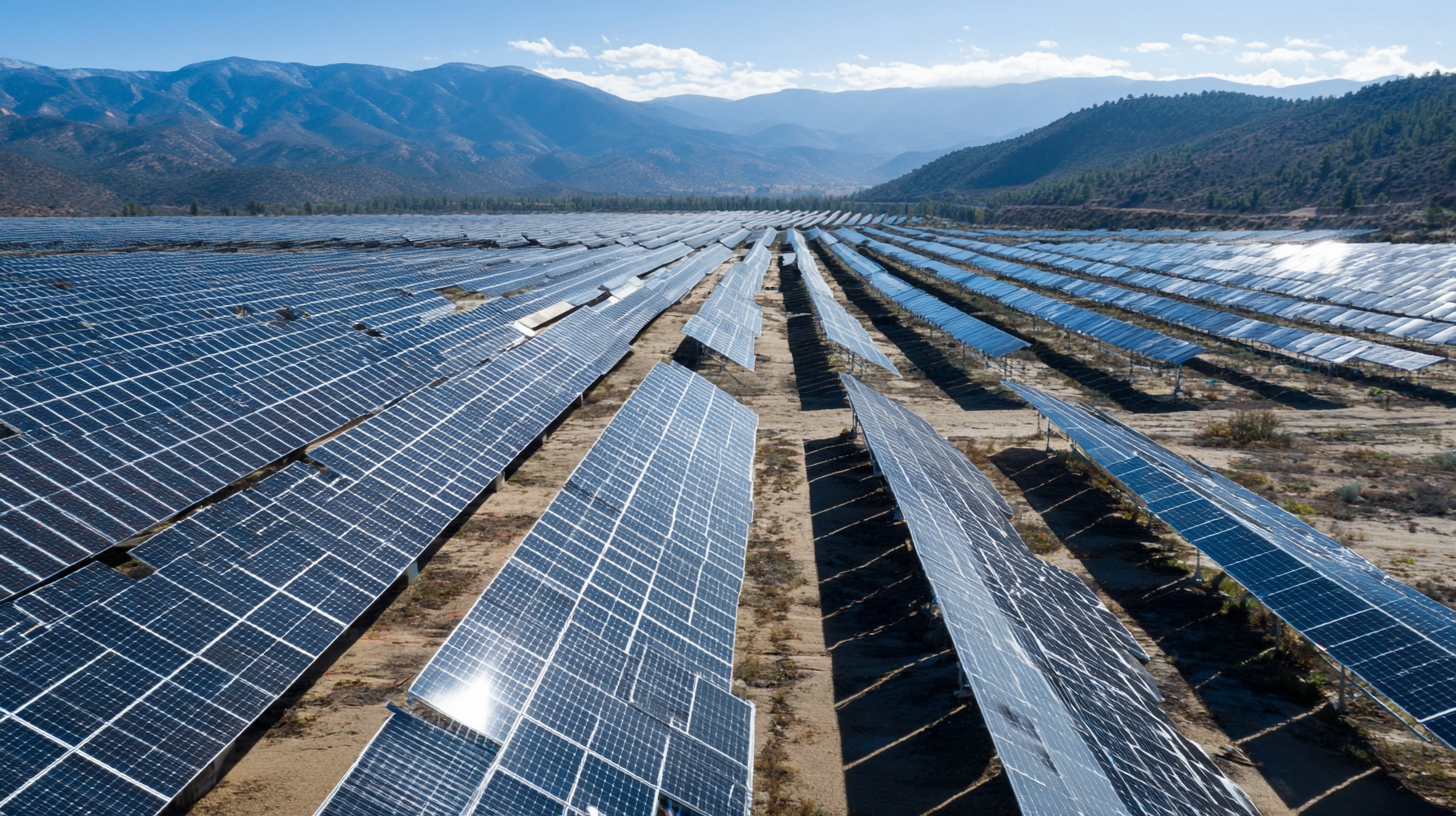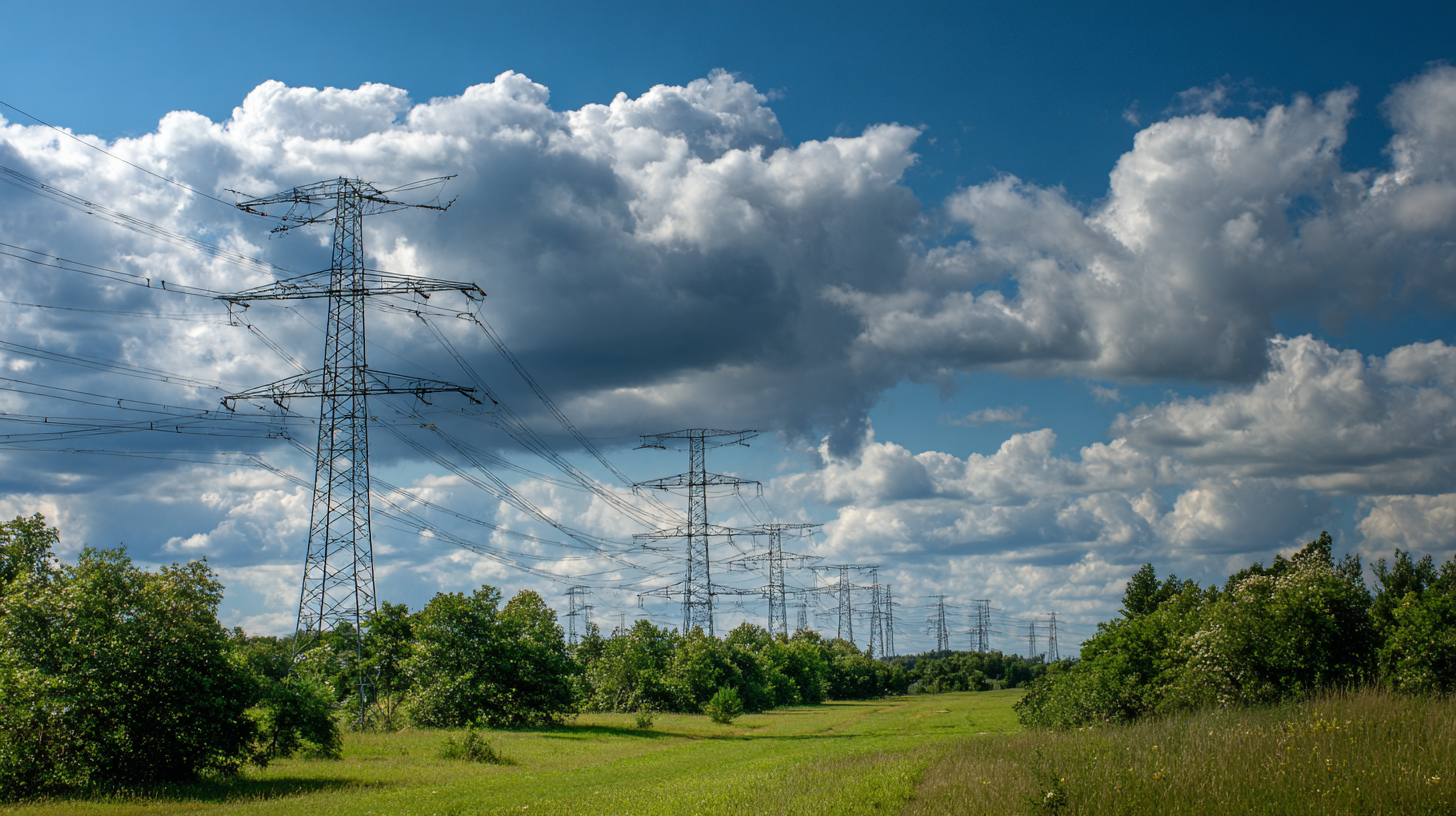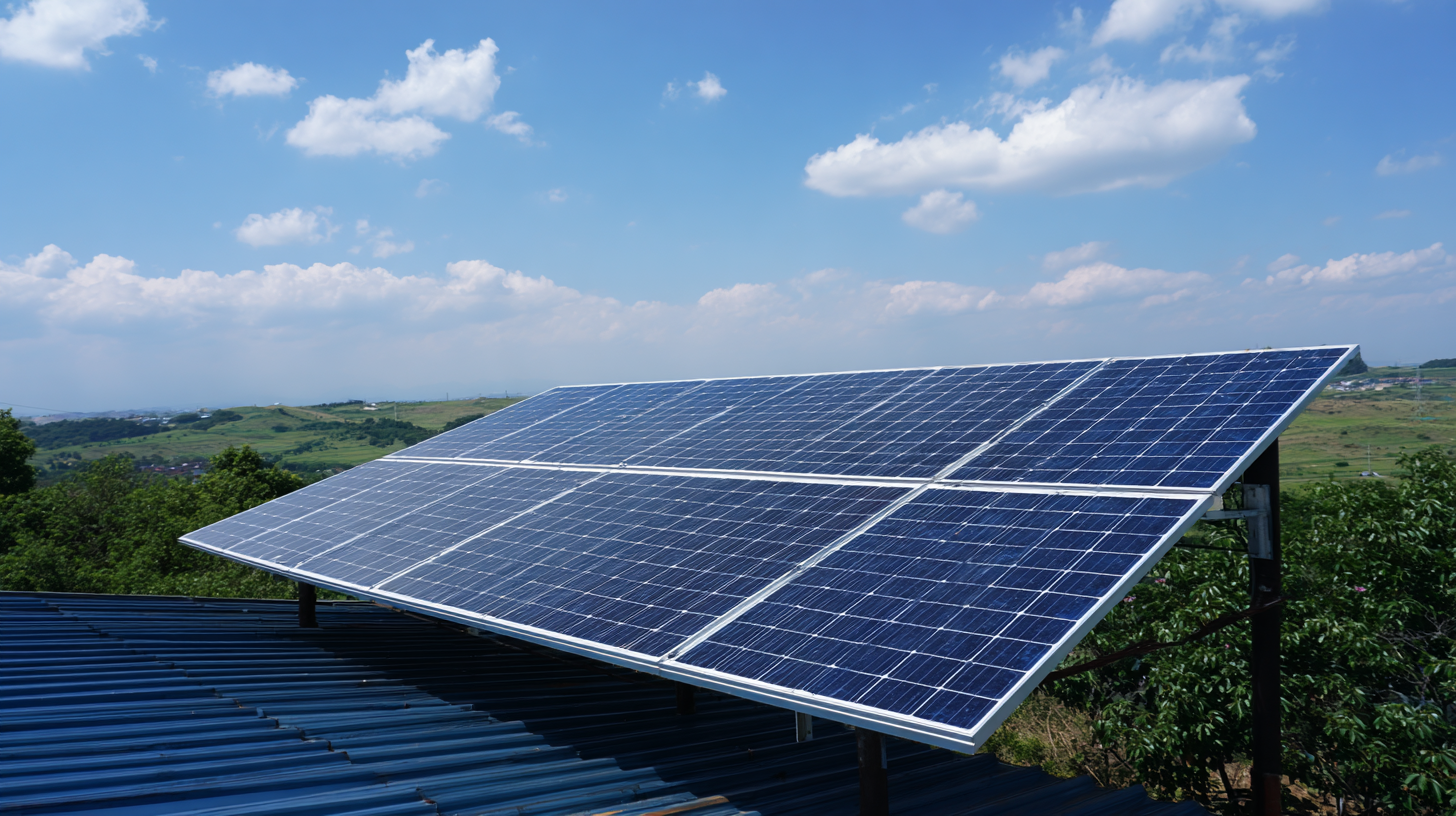
Blog
Top Green Solar Power Solutions for Ultimate Energy Efficiency Comparison
As global awareness around energy consumption and environmental sustainability grows, the demand for green solar power solutions has surged significantly. According to the International Renewable Energy Agency (IRENA), the global solar power capacity reached over 800 gigawatts in 2021, and it is projected to expand even further, driven by advancements in technology and increased investment in renewable energy. Countries around the world, with China as a leader, are pushing boundaries in solar manufacturing, displaying immense capabilities to produce efficient photovoltaic panels that contribute to energy efficiency. Recent studies indicate that transitioning to solar energy can reduce carbon emissions by up to 90%, showcasing the profound impact green solar power can have on combating climate change.

Top Solar Panel Technologies for Maximum Energy Efficiency
As the world increasingly turns to renewable energy, solar panel technologies stand at the forefront of the sustainability revolution. Among the various options, monocrystalline and polycrystalline panels have emerged as popular choices due to their efficiency and versatility. Monocrystalline panels, known for their sleek black appearance, boast the highest efficiency rates, often exceeding 20%. Their design allows for greater space-saving benefits, making them ideal for urban environments where roof space is limited.
In contrast, polycrystalline panels, with their distinctive blue hue, offer a more cost-effective solution without compromising too much on efficiency. Although their performance typically ranges from 15% to 20%, advancements in manufacturing processes are continually optimizing their energy output. Additionally, thin-film solar panels provide a lightweight alternative, making them suitable for unconventional installations, although they generally lag in efficiency compared to their crystalline counterparts. This variety of technologies empowers consumers to choose the best fit for their energy needs, contributing to maximum energy efficiency and a greener future.
Top Solar Panel Technologies for Maximum Energy Efficiency
Comparative Analysis of Solar Inverters: What You Need to Know
When considering solar power solutions, choosing the right inverter is crucial for maximizing energy efficiency. Solar inverters play a pivotal role in converting the direct current (DC) generated by solar panels into alternating current (AC), which is necessary for household use. In this comparative analysis, we will explore different types of solar inverters, such as string inverters, microinverters, and power optimizers, to help homeowners make informed decisions.

String inverters are the most common type, ideal for systems with solar panels that receive similar amounts of sunlight. However, if your installation involves shading or varying orientations, microinverters or power optimizers may provide better energy output by allowing each panel to operate independently. This flexibility can lead to greater overall efficiency, especially in complex roof layouts. Ultimately, understanding the nuances between these types of inverters is essential for achieving optimal performance from your solar energy system and ensuring long-term sustainability in your energy consumption.
The Impact of Solar Battery Storage on Overall System Performance
Solar energy has transformed the way we think about electricity generation and consumption, especially when combined with innovative battery storage solutions. The integration of solar battery storage into solar power systems greatly enhances overall efficiency by allowing homeowners to store excess energy produced during sunny days for use during peak demand hours or when the sun isn’t shining. This capability not only boosts energy self-sufficiency but also reduces reliance on the grid, leading to significant savings on electricity bills.
Moreover, the performance of a solar power system is contingent upon its ability to manage energy flow effectively. With the right battery storage system, users can shift their energy consumption patterns, optimizing usage and minimizing waste. For example, during the daytime, solar panels generate more energy than is needed, and the surplus is stored for later use. This flexibility is particularly beneficial during high-demand periods, ensuring that stored energy is utilized efficiently, ultimately contributing to a more resilient and environmentally friendly energy solution.
Cost-Benefit Breakdown of Residential Solar Solutions
In the pursuit of energy efficiency, residential solar solutions have become increasingly popular among homeowners looking to reduce their utility bills and carbon footprints. The cost-benefit analysis of these solar systems reveals significant advantages, not only in terms of long-term savings but also in environmental impact. When investing in solar energy, homeowners can choose between various options, including photovoltaic (PV) panels, solar water heaters, and solar battery storage systems. Each of these solutions comes with its own set of costs and benefits, making it essential for potential buyers to consider their specific needs and circumstances.

For instance, traditional PV panels may involve a higher initial investment but often result in substantial savings over time. Homeowners can benefit from tax incentives, decreased electricity bills, and even profit from net metering arrangements by selling excess energy back to the grid. Conversely, solar water heaters may offer a lower upfront cost while providing significant savings on water heating expenses. Additionally, incorporating battery storage systems can enhance a home's energy independence, although they can add to the initial investment. Evaluating these options carefully allows homeowners to make informed choices that align with their budgets and energy consumption patterns, leading to a more sustainable and cost-effective energy solution.
Top Reasons to Choose Solar Energy for Your Home and Planet
Solar energy is rapidly becoming one of the most viable renewable energy sources for homes and the planet. According to the U.S. Department of Energy, the installation of solar panels can reduce electricity bills by 20% to 50% while providing a significant environmental benefit. It is estimated that a typical residential solar system can reduce carbon emissions by about 100 tons over twenty years, which is equivalent to planting more than 2,600 trees. Such statistics underscore why more homeowners are making the switch to solar energy.
Moreover, choosing solar energy not only supports personal financial savings but also contributes to a sustainable future. The International Renewable Energy Agency (IRENA) reported that solar photovoltaic (PV) capacity increased significantly in the past decade, with installed capacity reaching over 700 gigawatts globally in 2020 alone. By investing in solar power, homeowners are tapping into a clean and inexhaustible energy source while decreasing reliance on fossil fuels, which are the main contributors to greenhouse gas emissions. This dual benefit of cost savings and eco-friendliness makes solar energy solutions highly attractive for those looking to enhance both their home and the health of our planet.